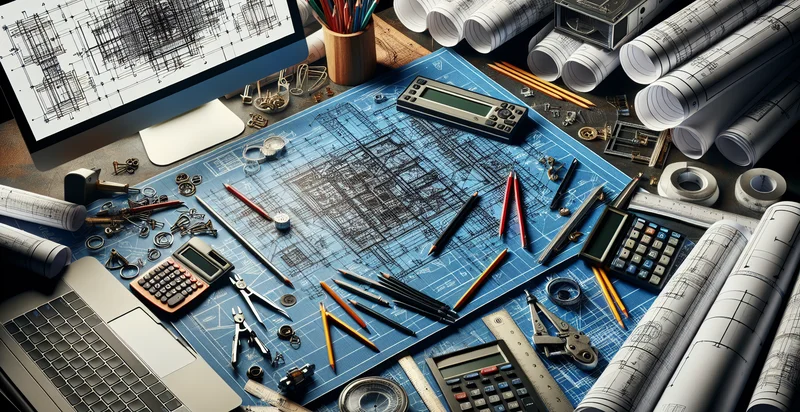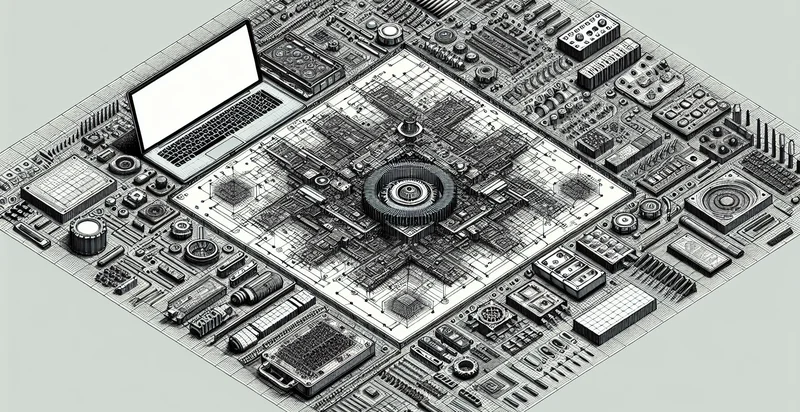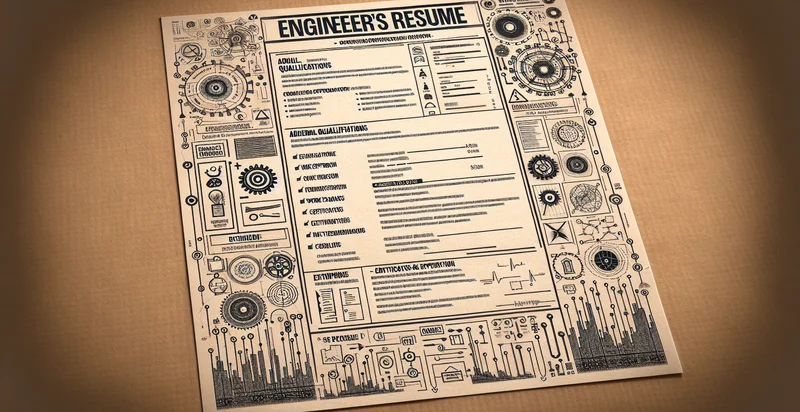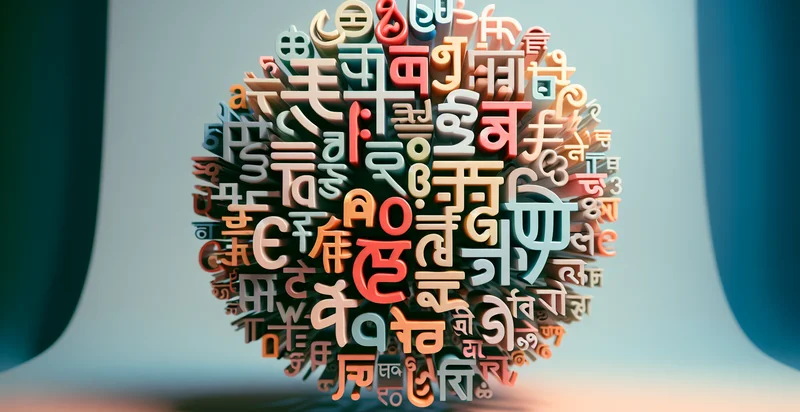Identify language of engineering drawing
using AI
Below is a free classifier to identify language of engineering drawing. Just input your text, and our AI will predict the type of engineering drawing it represents - in just seconds.

Contact us for API access
Or, use Nyckel to build highly-accurate custom classifiers in just minutes. No PhD required.
Get started
import nyckel
credentials = nyckel.Credentials("YOUR_CLIENT_ID", "YOUR_CLIENT_SECRET")
nyckel.invoke("language-of-engineering-drawing", "your_text_here", credentials)
fetch('https://www.nyckel.com/v1/functions/language-of-engineering-drawing/invoke', {
method: 'POST',
headers: {
'Authorization': 'Bearer ' + 'YOUR_BEARER_TOKEN',
'Content-Type': 'application/json',
},
body: JSON.stringify(
{"data": "your_text_here"}
)
})
.then(response => response.json())
.then(data => console.log(data));
curl -X POST \
-H "Content-Type: application/json" \
-H "Authorization: Bearer YOUR_BEARER_TOKEN" \
-d '{"data": "your_text_here"}' \
https://www.nyckel.com/v1/functions/language-of-engineering-drawing/invoke
How this classifier works
To start, input the text that you'd like analyzed. Our AI tool will then predict the type of engineering drawing it represents.
This pretrained text model uses a Nyckel-created dataset and has 26 labels, including Arabic, Bengali, Czech, Dutch, English, Filipino, French, German, Hindi and Hungarian.
We'll also show a confidence score (the higher the number, the more confident the AI model is around the type of engineering drawing it represents).
Whether you're just curious or building language of engineering drawing detection into your application, we hope our classifier proves helpful.
Related Classifiers
Need to identify language of engineering drawing at scale?
Get API or Zapier access to this classifier for free. It's perfect for:
- Automated Document Review: This function can be integrated into document management systems to automatically identify and categorize engineering drawings based on the language used. This allows for quicker document retrieval and ensures that engineers and designers have access to the most relevant resources efficiently.
- Quality Control in Drafting: Engineering firms can use this function to validate the language consistency in drawings submitted for review. By flagging any deviations from the standard language of engineering drawings, companies can maintain higher quality standards and reduce errors in interpretation.
- Compliance Checking: Engineering drawings often must adhere to specific industry standards and regulations. This function can assist in verifying that the language used complies with relevant guidelines, thereby simplifying the compliance auditing process and reducing the risk of regulatory issues.
- Training and Onboarding: Educational institutions and training programs can incorporate this function to provide feedback on students’ engineering drawing submissions. By identifying whether the correct language has been used, the tool can help assess students' understanding of industry terminology and improve their learning outcomes.
- Enhanced Collaboration: In collaborative projects, different teams may use varying language styles in their engineering drawings. This function can help standardize language across documents, improving communication and collaboration among multidisciplinary teams and ensuring everyone is on the same page.
- Technical Support Improvement: Companies providing technical support can leverage this function to quickly analyze engineering drawings submitted by customers. By identifying the language used, support staff can better understand the customer’s issues and provide more accurate assistance based on the technical context.
- Version Control: As engineering designs evolve, keeping track of language changes in drawings can be vital. This function can assist project managers in monitoring the language of engineering drawings across different versions, facilitating a clearer understanding of design changes and intentions throughout the project lifecycle.


